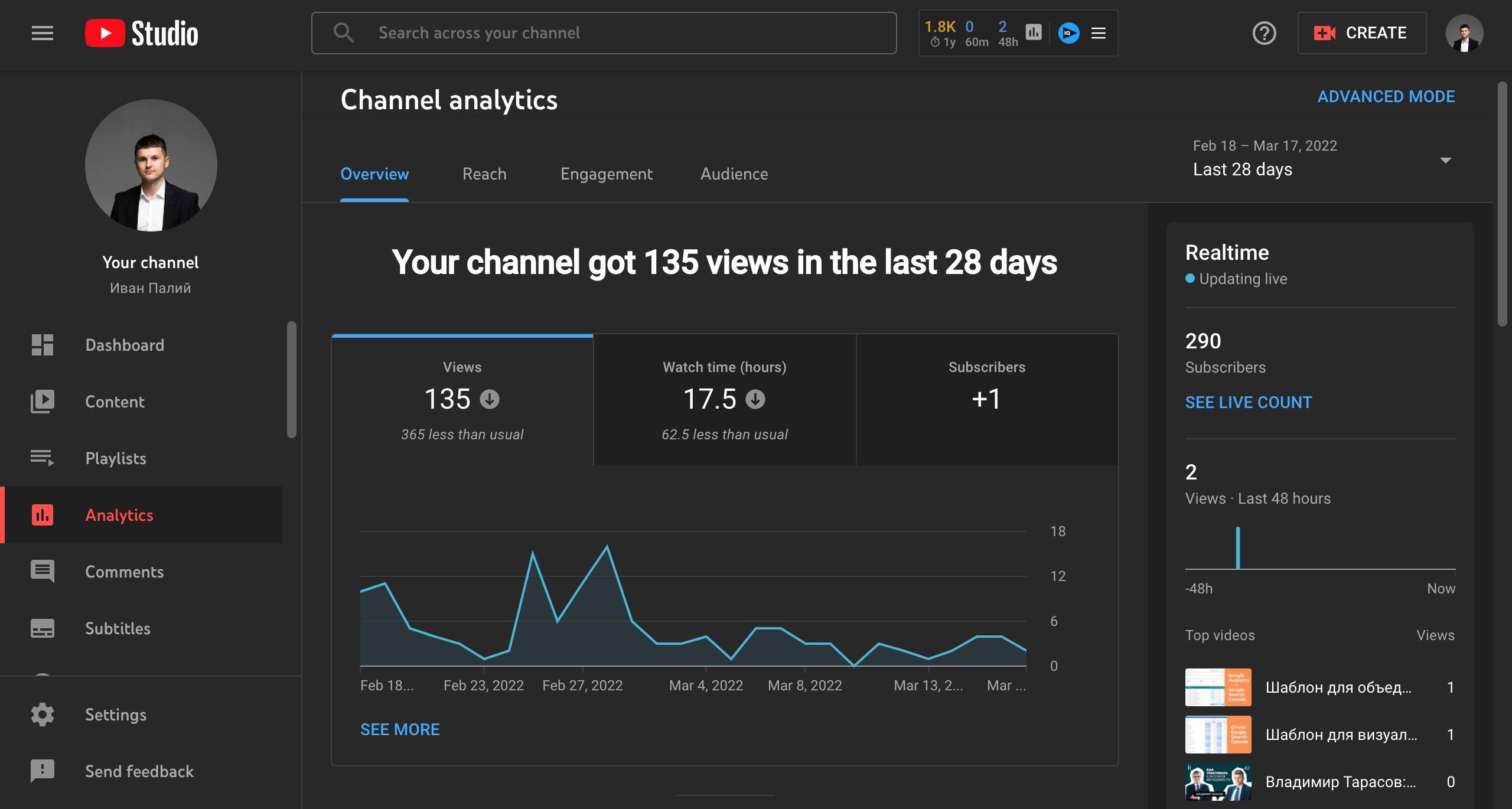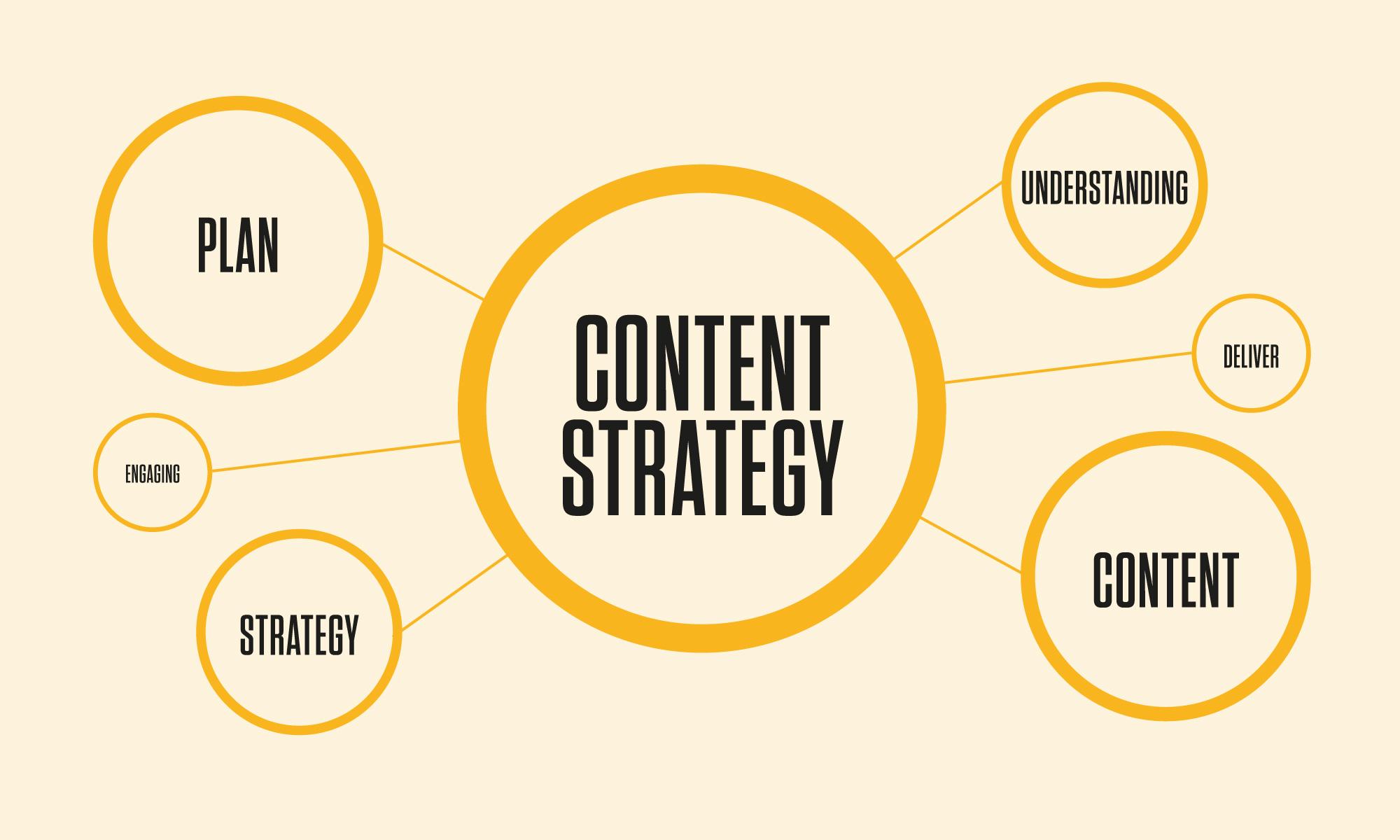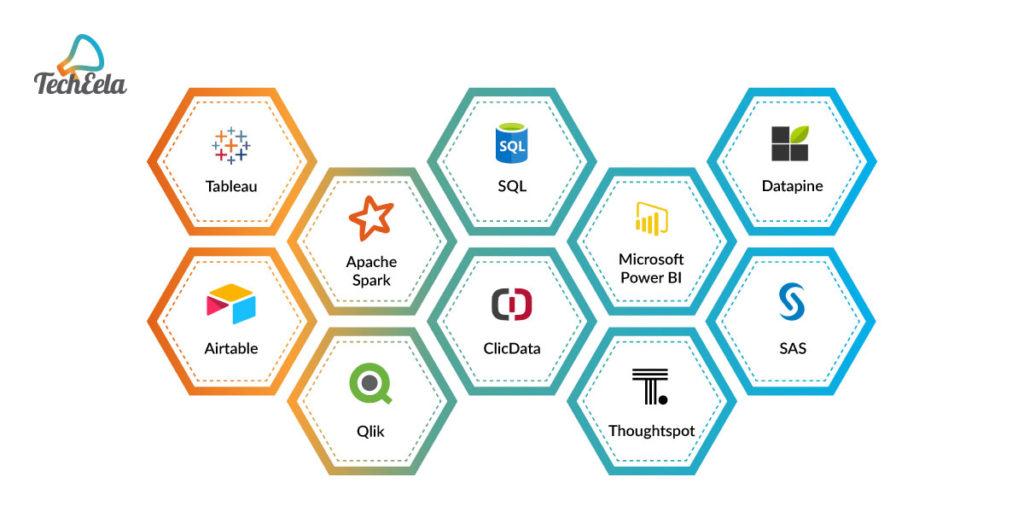
In the bustling digital marketplace, YouTube stands as a titan, a platform where creativity meets commerce. For influencer marketers, navigating this vibrant ecosystem is both an art and a science. At the heart of this endeavor lies YouTube Analytics—a treasure trove of data that can transform mere numbers into actionable insights. Whether you’re a seasoned influencer or a burgeoning brand, understanding these analytics is crucial to crafting compelling content that resonates with audiences. This guide aims to illuminate the path through the maze of metrics, equipping you with the knowledge to leverage data effectively and enhance your marketing strategy. Join us as we delve into the intricate world of YouTube Analytics, unlocking the secrets that can elevate your influence and drive meaningful engagement.
Understanding the key Metrics that Matter
In the realm of YouTube analytics, specific metrics serve as guiding stars for influencers seeking to hone their marketing strategies. Understanding Watch Time is essential; it reflects the total number of minutes viewers have spent watching your videos, signaling audience engagement. Additionally, metrics like Audience Retention help you identify how well your content keeps viewers hooked throughout its entirety. A sharp decline at a particular point can illuminate where your content may falter. Don’t overlook Engagement Metrics such as likes, comments, and shares, as they play a crucial role in building a community around your channel. These interactions can drive algorithmic favor, making your content more discoverable to potential subscribers.
another integral area to explore is Traffic Sources, which provides insights into where your viewers are coming from—be it search results, suggested videos, or external website referrals. By analyzing this data, you can tailor your promotional strategies for maximum reach. Furthermore, Demographics reveal valuable facts about the age, gender, and location of your audience, enabling you to customize your content to better suit their preferences. the effectiveness of your call-to-action can also be gauged through Click-through Rate (CTR), which helps you measure the success of thumbnails and titles in attracting clicks. By focusing on these vital metrics, influencer marketers can strategize better and ultimately maximize their channel’s potential.
Interpreting Viewer Behavior and Engagement Patterns
Understanding how your audience interacts with your content is crucial for tailoring your marketing strategy effectively. Begin by focusing on key metrics that reveal insights into viewer behavior, such as:
- Watch Time: Indicates the total minutes viewers spend watching your videos, showing their engagement level.
- Audience Retention: Highlights where viewers drop off or stay engaged throughout the video.
- Click-Through Rate (CTR): Measures how often viewers clicked on your video after seeing the thumbnail, reflecting your video’s appeal.
These metrics serve as a roadmap, allowing you to refine your content strategy and optimize future videos. For deeper analysis, consider segmenting your audience data based on demographics and source of traffic. This segmentation can uncover patterns like:
| Demographic | Engagement Rate | average view Duration |
|---|---|---|
| 18-24 years | 75% | 6:30 mins |
| 25-34 years | 65% | 5:45 mins |
| 35-44 years | 50% | 4:20 mins |
By analyzing these engagement patterns, you can tailor your content more precisely to meet the preferences and expectations of your viewers, fostering a more loyal and engaged audience.

optimizing Content Strategy Based on Analytics insights
Understanding YouTube Analytics provides a treasure trove of insights that can considerably enhance your content strategy. By delving into metrics such as watch time, engagement rates, and audience demographics, influencer marketers can identify which types of content resonate most with their viewers. This data-driven approach allows for agile adjustments to content planning, ensuring relevant and timely delivery. It’s crucial to focus on key performance indicators (KPIs) that align with your marketing goals. Some essential KPIs to monitor include:
- Click-Through Rate (CTR): indicates the effectiveness of your thumbnails and titles.
- Average View Duration: Offers insights into content retention and viewer engagement.
- Traffic Sources: Helps to identify where your audience is coming from, allowing targeted marketing efforts.
Once you gather this data, the next step is to interpret and apply these insights. Crafting a content calendar based on what works best can lead to more engaged audiences and increased reach. Incorporating viewer feedback from comments or polls can also provide qualitative data that complements your analytics. To visualize your analytics, consider organizing the information into tables that summarize your findings, such as:
| Content type | Average Watch Time | Engagement Rate |
|---|---|---|
| tutorial Videos | 8 min | 75% |
| Vlogs | 6 min | 50% |
| Product Reviews | 10 min | 60% |

Leveraging Analytics Tools for Targeted Marketing Campaigns
Understanding your audience is fundamental to crafting impactful marketing campaigns, and analytics tools provide the insights necessary to hone in on specific demographics.By analyzing the data available through YouTube Analytics, influencer marketers can identify key metrics such as viewer age, gender, and location. Armed with this knowledge, marketers can tailor their content to resonate with their target audience more effectively. Consider the following crucial metrics to focus on:
- Watch Time: Indicates the amount of time users spend watching your videos
- Traffic Sources: Shows where your viewers are finding your content
- Engagement rates: Reflects the level of interaction your videos receive
- Subscriber Growth: Tracks increases in your subscriber count over time
Furthermore, segmentation of target audiences can enhance the precision of marketing efforts.By utilizing the advanced features of analytics tools, such as custom reporting and cohort analysis, influencers can differentiate content strategies based on various audience segments. This targeted approach not only optimizes engagement but also drives conversions. Here’s a simple overview of how segmentation can be structured:
| Audience Segment | Content Type | Preferred Time for Viewing |
|---|---|---|
| Teenagers | Trendy challenges and vlogs | Evenings |
| Young Adults | How-tos and lifestyle content | Weekends |
| Parents | Family-oriented and educational content | Afternoons |
The Conclusion
As we conclude this journey through the intricate landscape of YouTube Analytics, it’s clear that understanding this powerful tool is more than just a checkbox on your marketing to-do list—it’s an essential compass for navigating the ever-evolving world of influencer marketing. Armed with insights into audience behavior,content performance,and growth metrics,you are now better equipped to craft strategies that resonate authentically with your viewers and propel your campaigns to new heights.
Remember, the data you gather is not an end in itself but a gateway to deeper connections with your audience. By analyzing trends and patterns, you can tailor your content to meet their interests and preferences, fostering a more engaged community around your brand. The road might potentially be filled with challenges, but with each analytic insight, you’ll find the clarity to innovate and inspire.
So, as you dive into the analytics dashboard, embrace the learning process and allow the data to guide your creative endeavors. The world of YouTube awaits,teeming with opportunities—use these insights to navigate it successfully and transform your marketing strategies into impactful stories that captivate and convert. Happy analyzing!